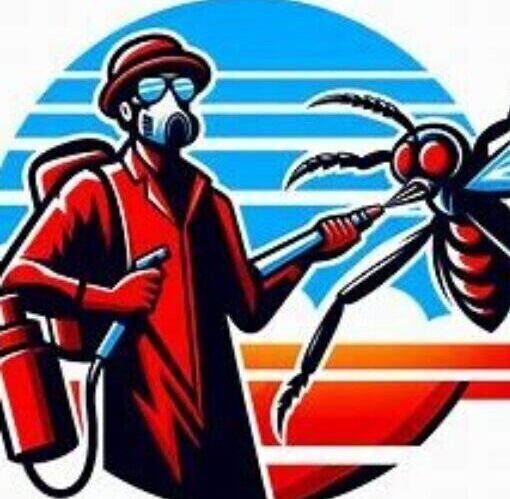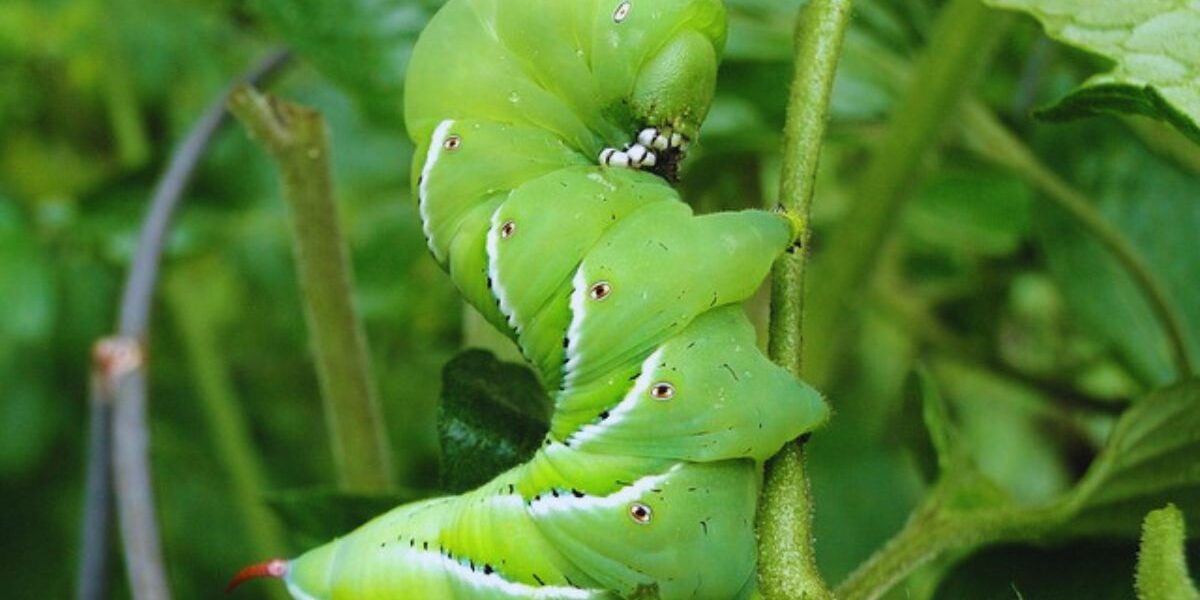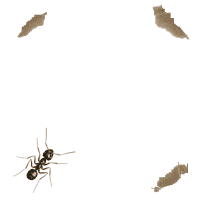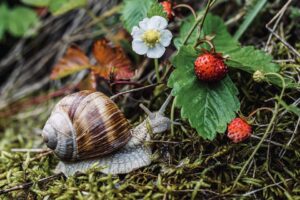Top 5 Organic Caterpillar Control Products
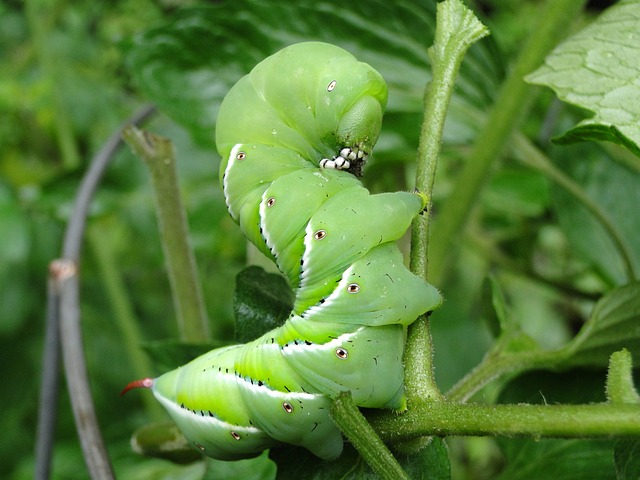
Gardeners are all too familiar with caterpillars; these tiny worm-like creatures are active at night during the spring and summer months, although you may come across some of them in the daytime. Many see caterpillars as a threat to their gardens, and while this may be true, some are beneficial to garden plants. Caterpillars are the larval stage of butterflies and moths. When the adult moth or butterfly lays her eggs, the process goes through 4 stages.
Egg, larvae, pupae, adult. Bad or destructive caterpillars are species that destroy flowers, fruits, leaves, and shoots. Beneficial caterpillars complete their stages and are transformed into adults, pollinating garden plants. It’s unfortunate, but many butterfly larvae are mistaken for harmful caterpillars and end up being destroyed. The truth is, most caterpillars—even the beneficial ones—naturally feed on plants as part of their growth. Good caterpillars have a limited impact on garden plants and make contributions to our ecosystem.
As an Amazon Associate I earn from qualifying purchases
📊 Comparison Table
| Product | Pest Range | Residual Effect | Organic? | Safe for Bees? | My Rating |
|---|---|---|---|---|---|
| Bt | Caterpillars | Low (1–3 days) | ✅ Yes | ✅ Yes | ⭐⭐⭐⭐☆ |
| Neem Oil | Broad | Medium (7 days) | ✅ Yes | ✅ With timing | ⭐⭐⭐⭐⭐ |
| Spinosad | Broad | Low–Medium | ✅ Yes | ⚠️ Caution | ⭐⭐⭐⭐☆ |
| Diatomaceous Earth | Broad (dry only) | High if dry | ✅ Yes | ⚠️ Caution | ⭐⭐⭐⭐☆ |
| Insecticidal Soap | Soft-bodied only | Very Low (contact) | ✅ Yes | ✅ Yes | ⭐⭐⭐⭐☆ |
1. Bacillus thuringiensis (Bt)
What It Is:
Bt is a naturally occurring soil bacterium that creates insecticidal proteins. When caterpillars consume these proteins, their digestive systems are disrupted, eventually killing them. Check Price & Read Reviews on Amazon.
Benefits:
-
🎯 Precision Targeting: Primarily affects caterpillar larvae, leaving bees, birds, and pets unharmed.
-
🌱 Organic Friendly: Widely accepted in certified organic agriculture.
-
⚡ Quick Action: You’ll often see a population drop within a few days of application.
Drawbacks:
-
🌤️ Short-Lived: Breaks down fast in sunlight and rain—requires frequent use.
-
🐜 Limited Reach: Doesn’t affect non-feeding pests or adult insects.
Pro Tip: Apply in the late afternoon or early evening to extend effectiveness and avoid UV breakdown. Reapply after rain.
2. Neem Oil
What It Is:
Pressed from neem tree seeds, neem oil is a versatile tool that disrupts insect hormones, affecting growth and reproduction. It also has mild antifungal properties. Check Price & Read Reviews on Amazon.
Benefits:
-
🛡️ Multi-Pest Defense: Works against caterpillars, aphids, whiteflies, and more.
-
🍄 Fungal Aid: Helps control issues like powdery mildew.
-
🐞 Pollinator-Safe (With Care): Safe when applied during pollinator-off hours.
Drawbacks:
-
☀️ Timing Sensitive: Can cause leaf burn in direct sun—apply during cool hours.
-
🧴 Prep Needed: Must be mixed properly with water and soap to work effectively.
Pro Tip: Spray in early morning or late evening and coat both sides of leaves for best results.
3. Spinosad
What It Is:
This insect control product is made from bacteria fermented into a natural compound that disrupts the nervous system of insects, leading to paralysis and death. Check Price & Read Reviews on Amazon.
Benefits

 🚀 Fast Results: Stops feeding almost immediately upon contact.
🚀 Fast Results: Stops feeding almost immediately upon contact.
-
👨👩👧👦 Low Human/Pet Risk: Safe when used correctly.
-
🌿 Organic-Approved: Listed for use in organic growing systems.
Drawbacks:
-
🌞 UV Sensitive: Sunlight breaks it down quickly, limiting how long it lasts.
-
🐝 Collateral Risk: May harm beneficial insects if sprayed directly on them.
Pro Tip: Spray in cooler hours to maximize residual activity and avoid harming pollinators.
. Diatomaceous Earth (DE)
What It Is:
DE is a natural powder made from fossilized algae. It kills insects by drying out their bodies through tiny cuts to their exoskeletons. Check Price & Read Reviews on Amazon.
Benfits:
-
✅ Non-Chemical Option: Food-grade DE is safe around pets and people.
-
⏳ Long-Lasting (When Dry): Remains effective unless washed away.
-
🐌 Wide Application: Also repels slugs, beetles, and more.
Drawbacks:
-
💧 Rain Washes It Away: Needs reapplication after moisture exposure.
-
🦋 Non-Selective: Can harm helpful bugs if broadly applied.
Pro Tip: Lightly dust DE around plant bases and on leaves showing pest signs—especially right after watering.
5. Insecticidal Soap
What It Is:
These soaps, made from potassium salts of fatty acids, break down soft-bodied insects by dissolving their outer coating, leading to dehydration. Check Price & Read Reviews on Amazon.
Benefits:
-
⚡ Instant Kill: Works on contact, so you see results fast.
-
🌿 Safe for Crops: Can be used even right before harvest.
-
🧼 Eco-Conscious: Breaks down quickly, leaving little environmental residue.
Drawbacks:
-
👀 Needs Direct Contact: Only works if sprayed directly on pests.
-
🌱 Can Harm Tender Plants: Some plants are sensitive to soaps.
Pro Tip: Test on a small section of the plant before full application. Avoid midday sun to reduce the risk of scorching leaves.
✅ Conclusion
You don’t need synthetic chemicals to tackle garden caterpillars. With options like Bt, neem oil, and DE, you can protect your herbs and veggies in a way that’s safer for people, pollinators, and the planet. Tailor your approach based on your local conditions, pest types, and personal preferences for the healthiest garden possible.
❓FAQs: Garden Caterpillars
Q1: Are all caterpillars bad for my garden?
Not necessarily. Some caterpillars, especially those that turn into butterflies, play a vital role in biodiversity. Know your bugs before taking action.
Q2: How do I prevent future infestations?
Regularly inspect plants, remove weeds, use physical barriers like row covers, and encourage predator insects like ladybugs or lacewings.
Q3: Can I combine multiple organic treatments?
Yes—but be cautious. For example, combining DE and sprays like neem oil may reduce the effectiveness of the DE powder.
Q4: How often should I reapply these treatments?
It depends on the product and the weather. Bt and DE may need reapplying after rain, while neem oil usually works best on a weekly or biweekly schedule.
Q5: Any DIY solutions I can try?
Sure—garlic, chili, and soap sprays can help. Just keep in mind their effectiveness can vary, and they may require more frequent use.
